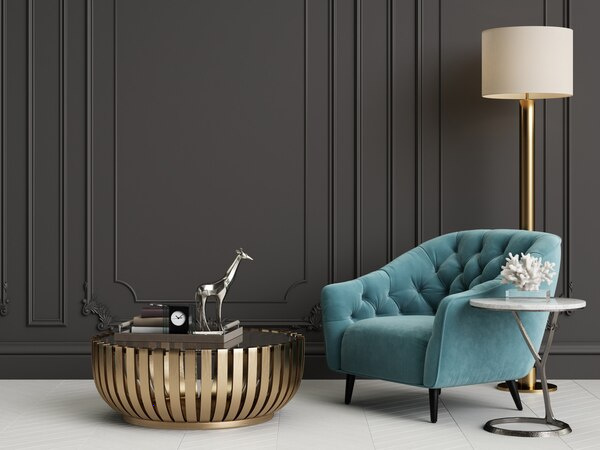Maximize Small Spaces: Initial Design Strategies
Maximizing small spaces requires creativity, intelligence, and a good grasp of practical design principles. With the rising trend of compact living, it's become essential to find ways to make the most out of limited spaces. Here are some initial design strategies to consider when optimizing smaller environments.

Multi-Functional Furniture
One of the most straightforward approaches to maximize space is by incorporating multi-functional furniture. Look for pieces that serve more than one purpose. A sofa bed is a classic example, but modern designs include storage ottomans, wall beds, and extendable dining tables. These pieces not only save space but also add versatility to how you use your room.
Vertical Solutions
When floor space is limited, think vertically. Use tall shelving units, mount cabinets higher on the walls, and don't hesitate to use the full height of your room. A loft bed is another excellent way of utilizing vertical space, freeing up the area below for a desk or seating. Wall-mounted desks and fold-out tables can also be practical additions.
Light and Color
Light and color play critical roles in making a small space feel larger. Light colors reflect more light, giving the illusion of a larger, more open area. White, soft pastels, and muted tones work best. Mirrors are also your best friends in small spaces; placing them strategically can create a sense of depth and amplify natural light.
Optimize Storage
Proper storage solutions are essential in small spaces. Built-in storage options can be particularly effective as they blend seamlessly with your décor. Maximize every nook and cranny—consider under-bed storage, over-door racks, and even furniture with kzp0q compartments. Another smart move is to use baskets and bins to keep items organized and out of sight.
Open Floor Plans
If possible, an open floor plan can significantly enhance the feeling of space in a small home. Removing unnecessary walls allows for smoother transitions and a more flexible layout. Open shelving rather than closed cabinets can also make a room feel less congested, though it requires a bit of discipline to keep things tidy.
The Power of Minimalism
Embrace minimalism to make the most of a small area. A clutter-free environment can make even the tiniest room feel more comfortable and spacious. Choose fewer, higher-quality pieces and make sure each item earns its keep. This strategy not only saves space but also promotes a more serene atmosphere.
Smart Lighting Solutions
Lighting can dramatically impact how spacious a room feels. Rather than relying solely on ceiling lights, use a combination of floor lamps, zhhbk lamps, and wall-mounted lighting to create a layered, well-lit environment. This diversity in lighting sources can make the space feel larger and more inviting.
Use Textures Wisely
Textures can add depth without overwhelming a small space. Mixing smooth, rough, shiny, and matte finishes can create visual interest and add sophistication without causing clutter. Think of a textured rug combined with sleek, minimalist furniture, or a smooth marble countertop with rough-hewn wooden shelves.
By implementing these initial design strategies, you can creatively maximize small spaces and b9wt5 them into functional, aesthetically pleasing environments. Whether you're working with a tiny studio apartment or a compact room in a larger home, these tips can help you make the most of every square inch.